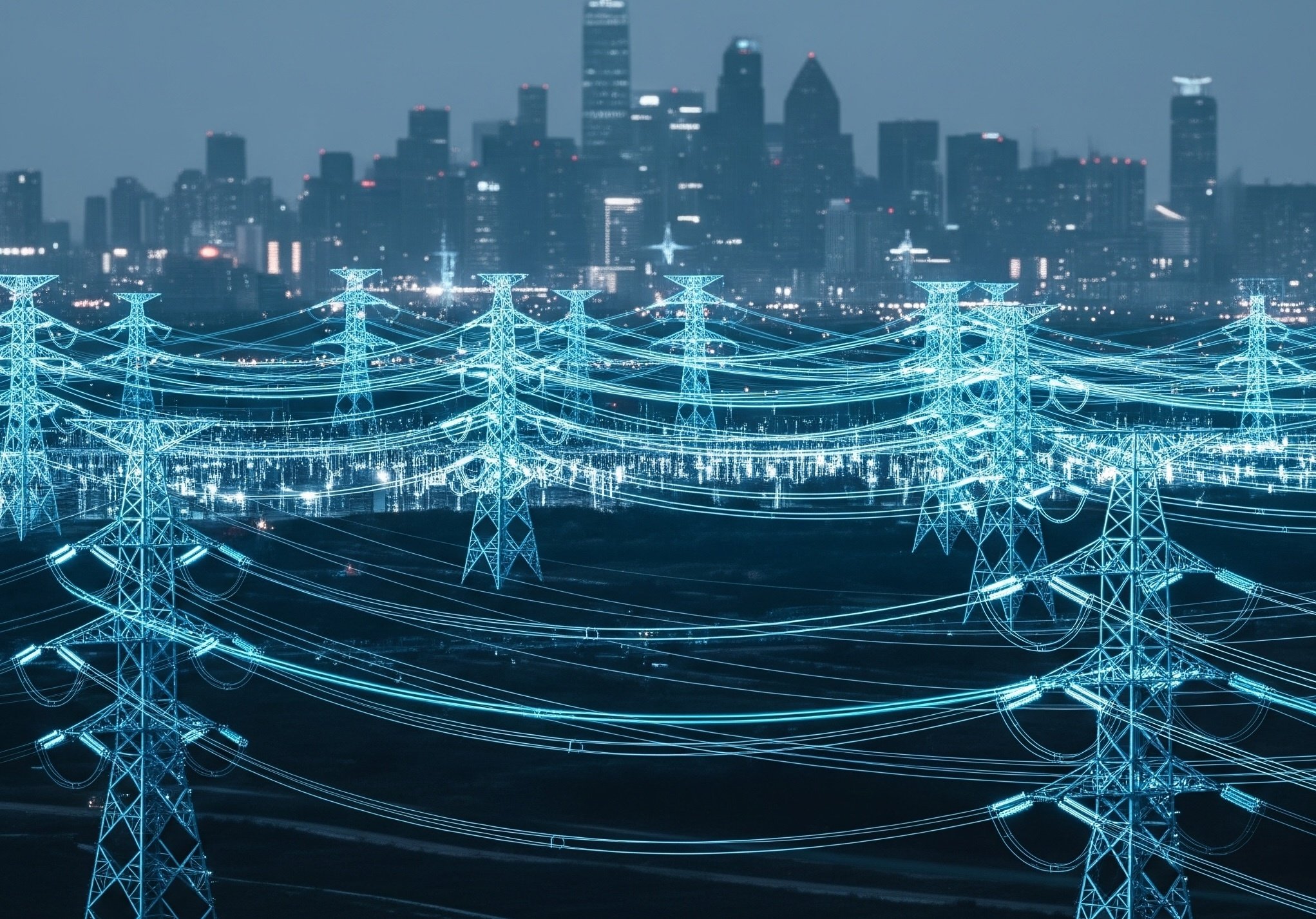Despite massive technological innovation, data center growth is being constrained by outdated and overburdened electrical grids. At the center of the challenge are interconnection queues, a critical step in the process of bringing new facilities online. They're slowing the pace of digital infrastructure development at a time when demand is accelerating.
Contents
Understanding Data Center Interconnection Queues
- Utility Interconnection Process
Data Center Construction Delays and Interconnection Bottlenecks
Impact on Hyperscale Data Centers and AI Growth
Interconnection Challenges: Case Studies in Virginia and Texas
Solutions for Data Center Interconnection Delays
Collaborating to Streamline Data Center Interconnection
Understanding Data Center Interconnection Queues
Before a data center can operate, it must connect to the power grid. This requires entering an interconnection queue—a line for grid access approvals.
Originally designed for smaller-scale projects, today’s interconnection system is struggling to handle the surge of large, complex energy demands. With more players entering the market and higher loads in play, the “first-come, first-served” approach can’t keep up.
The outcome? Extended timelines, stalled construction, and rising frustration across the industry.
Utility Interconnection Process
.png?width=2400&height=1200&name=Utility%20Process%20Graphic%20White%20BG%20(2).png)
Data Center Construction Delays and Interconnection Bottlenecks
By 2023, data centers were already consuming around 4.4% of the total U.S. electricity load with that number projected to triple by 2028. Yet, interconnection delays are stalling new builds and upgrades at precisely the moment when AI workloads and cloud services are demanding more power, faster.
- The median wait time for a new power project is five years.
- In high-demand areas like Virginia, delays can reach seven years.
- Over 70% of interconnection applications are eventually withdrawn.
These delays can drive up costs, create financial uncertainty, and make it harder to justify new development.
Impact on Hyperscale Data Centers and AI Growth
- Hyperscalers like Meta and Microsoft have experienced data center delays due to interconnection bottlenecks.
- AI progress could stall, not because we lack the models, but because we lack reliable grid capacity (substations, transmission lines, etc.).
- To cope, some centers are turning to diesel generators, undermining their own sustainability goals.
Interconnection Challenges: Case Studies in Virginia and Texas
Virginia: The Data Center Capital, Strained the System
Northern Virginia hosts 300+ data centers contributing $9.1B annually to the state economy, but the grid can't keep up. Developers are seeing seven-year delays, while lawmakers explore stricter siting rules and shared upgrade costs.
Texas: Legislative Pushback
ERCOT saw a 700% spike in large load requests from 2023 to 2024. Texas responded with Senate Bill 6, shifting grid upgrade costs to big users like data centers and mandates early-stage transparency from developers.
Solutions for Data Center Interconnection Delays
Promising proposed solutions include:
Collectively, these innovations could offer a path to reducing data center construction delays and optimizing power access.
Collaborating to Streamline Data Center Interconnection
Solving the interconnection crisis requires collaboration:
- Utilities must modernize planning models and streamline approvals.
- Developers need to engage earlier and consider hybrid or flexible power strategies.
- Regulators must strike a balance between encouraging innovation and maintaining reliability (prioritize updating policy frameworks, funding grid improvements, etc.).
Final Thoughts
The irony is hard to ignore: while data center technology races ahead, progress is gridlocked by an infrastructure system built for a different era. For data centers and the industries they power, the time to act is now.
As data centers race to meet AI and cloud computing demands, the power to grow will depend not just on land and fiber—but on a grid that can keep up.
